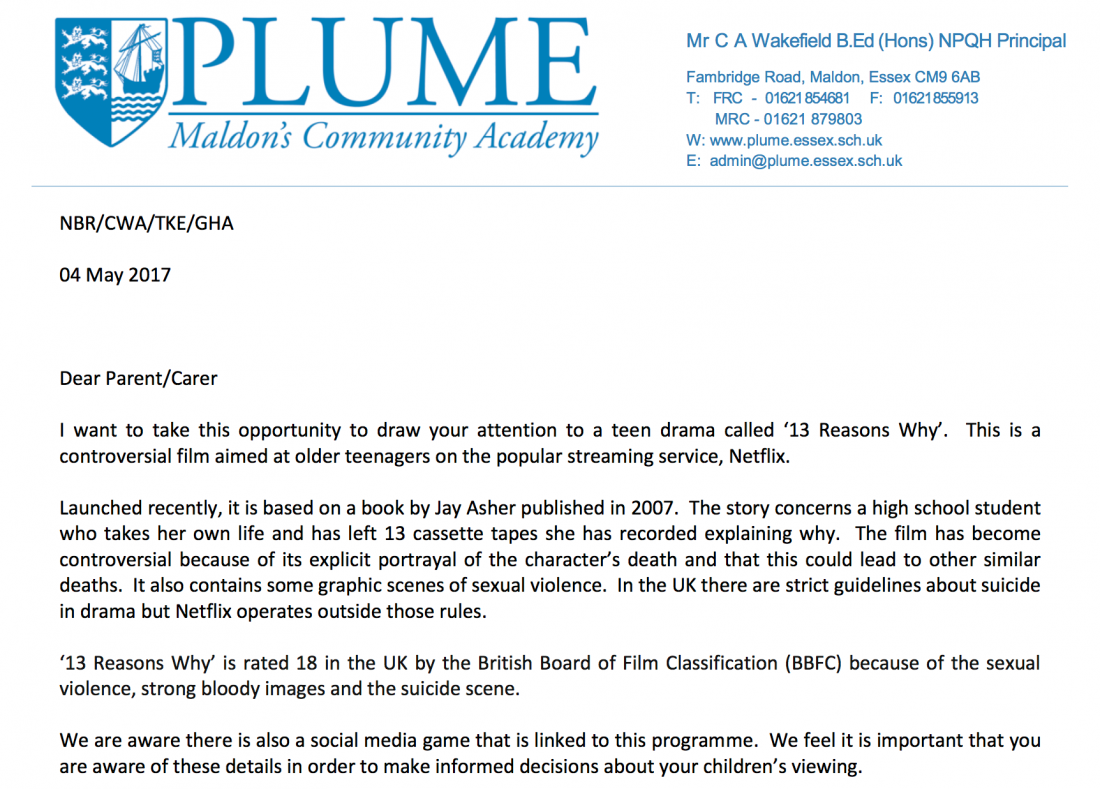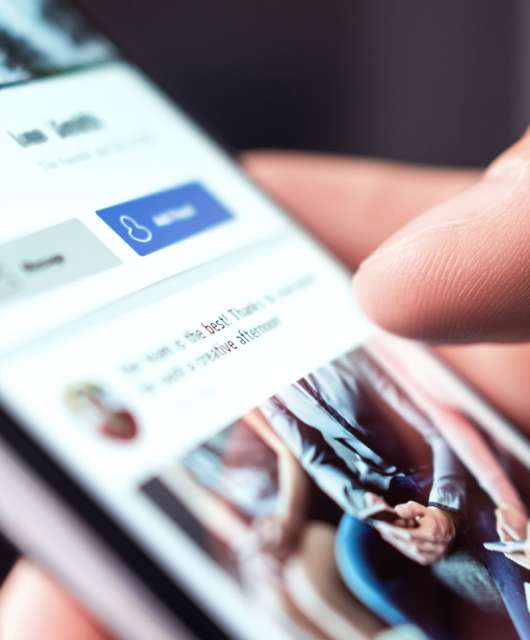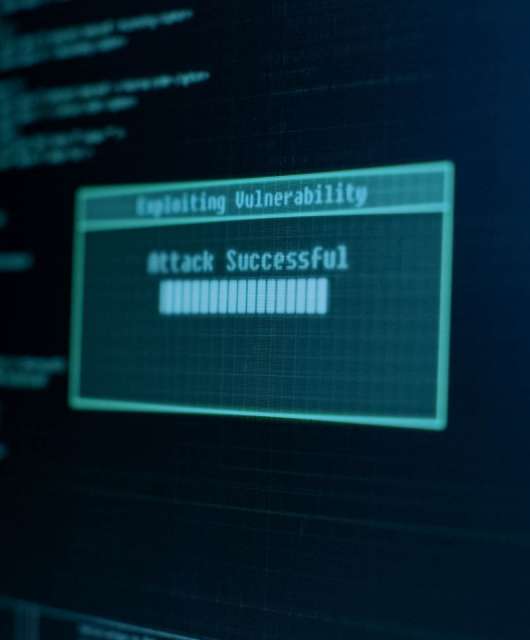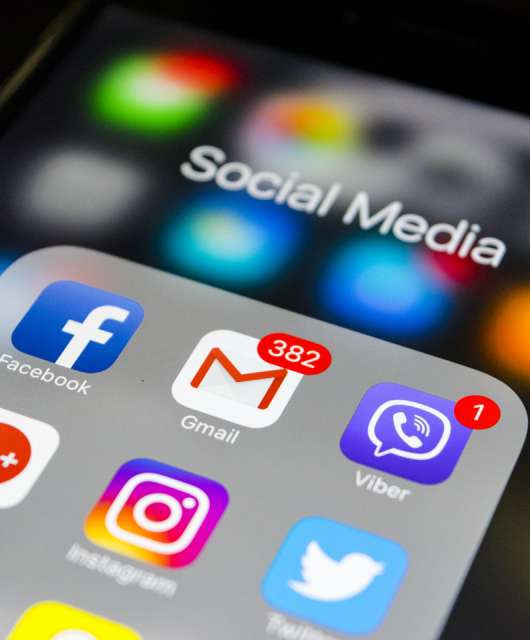How “13 Reasons Why” can help fight cyberbullying
The Netflix TV series 13 Reasons Why has become a worldwide smash hit with teenagers drawn into the tale of a teenage girl’s suicide. Dealing with powerful issues like sexual assault, drugs, bullying and of course, suicide, the program has won praise from critics and viewers alike.
The dark, adult tone of 13 Reasons Why makes the series unsuitable for younger teens (in some countries it has been given an adult rating by film classification boards), and some have criticised the way in which suicide has been portrayed as inevitable. Some schools in the UK have even sent letters to schools in an attempt to make parents aware of the program, its contents, and to prompt discussion between parents about suicide and bullying.

Cyberbullying enters mainstream consciousness
As these letters from schools show, many parents are not fully aware of online bullying and the effect it has on young people. Although trolling often hits the headlines, the use of social media to attack, shame and humiliate children and teenagers tends to be less openly discussed.
13 Reasons Why not only mentions cyberbullying, but goes into detail about how one student – in this case the protagonist, Hannah Baker – is singled out by her classmates. Initially a false rumour is circulated about Hannah’s sexual activity with someone she meets at a party. The show also covers sexting – an intimate photograph is shared widely around the school, further shaming Hannah who never intended for the picture to become public.
As the story reaches its climax rumour, innuendo and lies circulate on social media, adding to the pressure Hannah feels with tragic consequences.
Important talking points for parents
The letter shown above is correct – the issues raised in 13 Reasons Why are important. They should be discussed with teens to help them avoid some of the situations Hannah finds herself in.
Social media bullying
Social media platforms typically require users to be at least 13 years old, but many parents allow their kids to set up accounts early, lying about their age in the process. Despite the pestering of their children, they should hold off until the minimum age is reached.
You should also consider using content filters to prevent access to age-restricted sites by your children until you are sure they are old enough to manage.
Reporting mechanisms
Every social network has tools built in to report bullying, trolling and other forms of abuse. You should help your kids set up their social media accounts, showing them how to use each network responsibly and safely. You must also show them where to find the abuse reporting tools, and how to use them, so they are prepared should they ever become a victim of cyberbullying.
Sexting
Sharing “intimate” pictures between teenagers is distressingly common – and few realise just how risky this behaviour is. As Hannah discovers in 13 Reasons Why, these photos can become public very quickly if someone decides to re-share them. Your kids may find themselves victims of bullying, harassment and unwanted sexual advances.
Use this opportunity to discuss the risks with your kids – and why they must never send “sexy” pics to their friends.
Parenting and personal security
Keeping your kids safe online – and avoiding some of the disastrous consequences discussed in 13 Reasons Why – relies on strong parenting and applications that help. As well as discussing sexting, cyberbullying and suicide with your children, consider downloading a free trial of Panda Global Protection to reinforce the rules and protect them from the darker corners of the internet. With Panda’s Parental Control feature you can decide if you prefer to block inappropriate content (pornography, drugs, weapons…) or just monitor their online activity and be aware of what they do online and what they look for. This can be very useful to find out if they are having some kind of problems (anorexia, bullying, etc.).






19 comments
This article is really nice and we have to understand the good things from 13 reasons why.
Hi Saina!
We agree the series is good in the way it brings up information and awareness about online bullying and how to step up to protect others.
Thanks for reading us!
Best regards,
Panda Security.
My friends and family members are really addicted to this awesome tv series “13 reason why”. Love to see your points here. Thanks for the good work 🙂 Keep doing the great job.
Hi Morrison,
Glad you enjoy the article, we also were very addicted to the show!
Thanks fo reading us!
Best regards,
Panda Security.
it reminds me of thirteen reasons why, quite an amazing article. Thanks a lot for this.
Thanks for reading us, Andrew!
Best regards,
Panda Security.
Having read this I believed it was extremely informative. I appreciate you finding the time and energy to put this content together. I once again find myself personally spending a significant amount of time both reading and leaving comments. But so what, it was still worth it!
13 Reasons why is a super hit & at first I don’t understand why. Most of my friends recommended the show and I am like What ??? But after watching the show I am more aware of the current issues. I have seen cyber bullying and how it can send one into depression and its negative effects. The article is quite informative 🙂 Thanks for the article.
Hi Aaron,
Whether the show is good or not, it shows a current issue within young people and it has done a huge job in order to raise awareness about cyber bullying and mental issues. We are glad you enjoyed our article.
Best regards,
Panda Security.
It’s so important for us to acknowledge the potential impact of our words on others before we act.
In this era of social media we are in constant comment battels 🙁 which is a sad thing. We react on others personal life. We can see lot of hate floating around in social media and it is getting worse day by day. Keep up the great work fellas 🙂
Thanks! We will keep it up to inform and fight online bullying.
Kind regards,
Panda Security.
article is really great and informative. 13 Reasons why is a super hit and we have to understand some good points from it. thanks for the article
Thanks for reading us, Manoj!
Kind regards,
Panda Security.
Great stuff, I am still thinking about the Social Media Bullying.
What you think which season is more awesome? I’m in the favour of 1st
Hi,
Thank for sharing such a information on your blog keep it up and share.